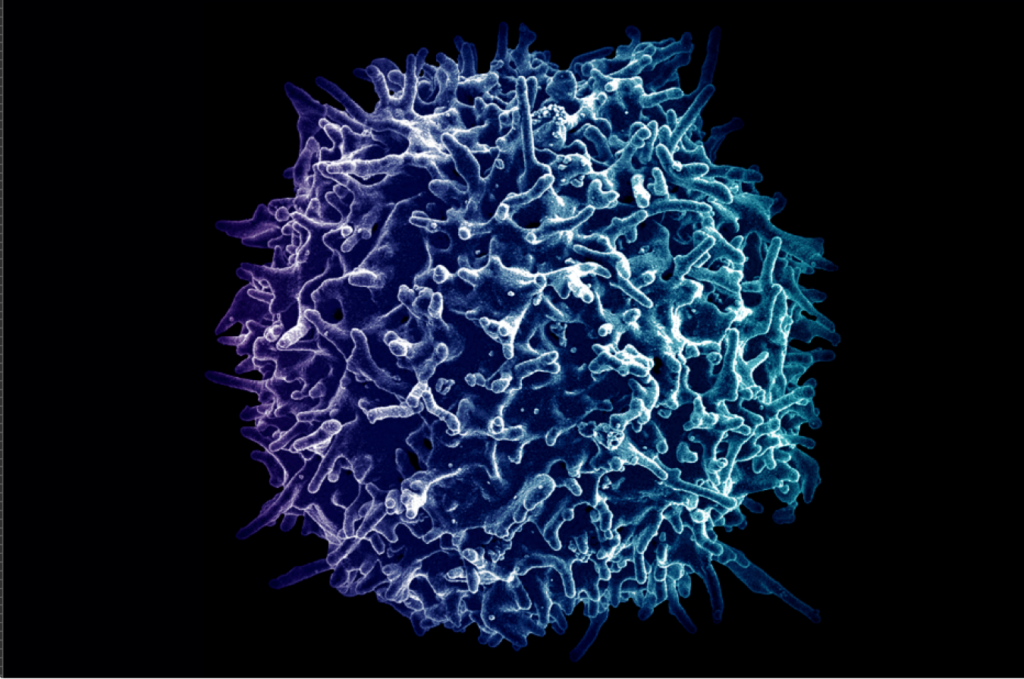The Project Brief
New ways in research
for human vaccines
ICARO project take advantage of MEMS capabilities to obtain the proof-of-concept for a new generation of vaccines needed for diseases caused by intracellular pathogens (viruses, bacteria and protozoa) .

Our vision
Advances in device miniaturization, through the discovery of new materials and automated manufacturing processes, have prompted the development of MicroElectroMechanical Systems (MEMS), small silicon microdevices that operate at the nanoscale.
The biochips technology underlying this project has been already proven and it’s optimal to reach and work in the intracellular environment.
- Volume in the range of μm3
- Easy to manipulate
- Proven internalization by phagocytic and non-phagocytic cells
- The ability to remain internalized long periods of time.
Our mission
Our mission is developing new microchips to carry pathogen antigens to the cells thus inducing efficient antigen presentation
leading to long-lasting immunological responses.
The ground-breaking ICARO objectives must accomplish
1. An optimal internalization in vivo, ensuring a safe and scalable functionalization protocol with pathogen antigens.
2. The induction of T cells recognizing an extensive number of epitopes ideally leading to long lasting immunological responses in mice under strictnment regulatory safety rules.

We aim to develop standardized methods for ICARO manufacturing to be easily applicable to different pathogens, thus accelerating the generation of new vaccines in the future.
Should the objectives of the project be successfully achieved, ICARO consortium will pave the way to a completely novel approach to develop cost-effective vaccines against intracellular pathogens that remain as a relevant clinical unmet, including CMV, SARS-CoV-2, Salmonella Typhimurium and Leishmania amazonensis, used as model pathogens to assess the feasibility of ICARO biochips platform.The development of standardised scalable GLP methods for ICARO functionalization is expected to be easily applicable to other pathogens, thus speeding up vaccine development against emerging infections in the future.